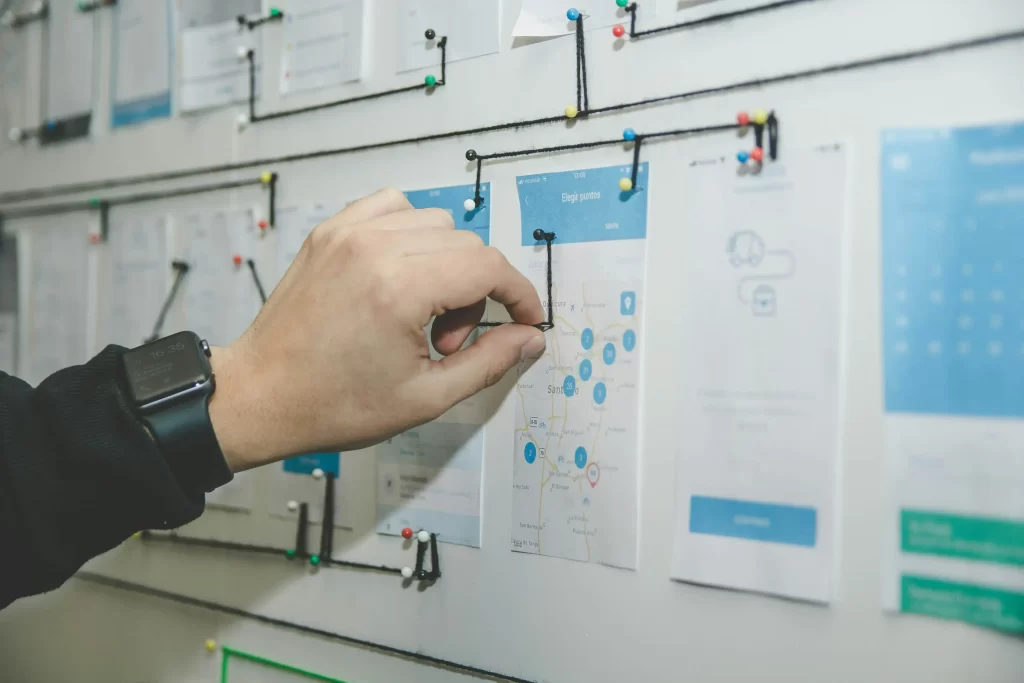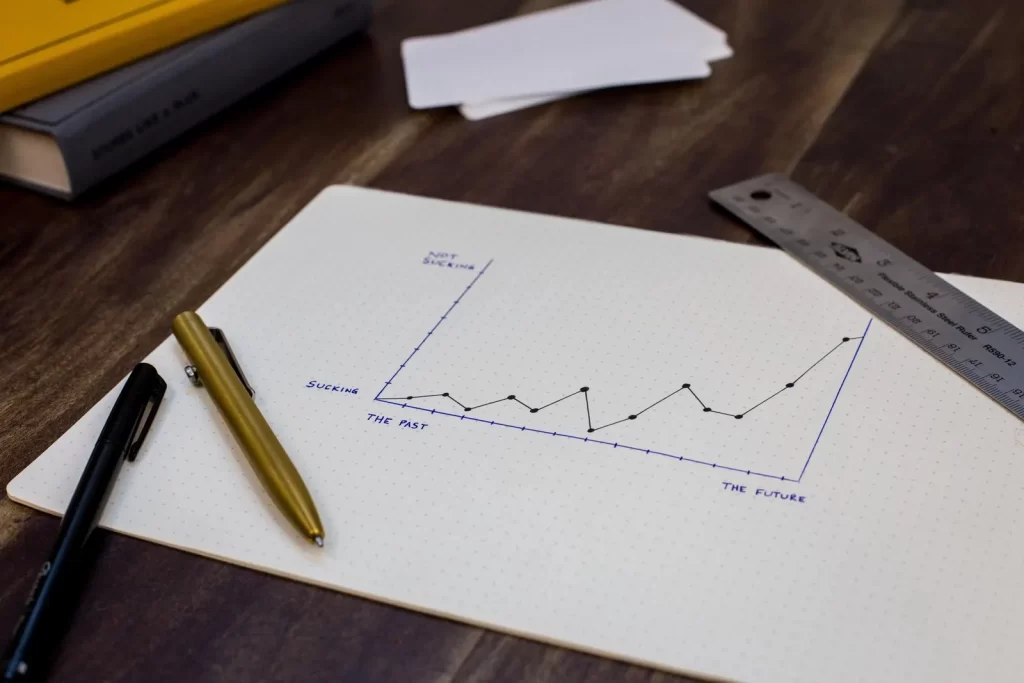The midyear review: a time for reflection, goal assessment, and (sometimes) dreaded performance evaluations. But beyond the standard format, midyear reviews hold immense potential for process improvement. By analyzing workflow inefficiencies and implementing strategic changes, you can use them to streamline your operations and boost productivity.
This blog post equips you with the tools and strategies to transform your midyear reviews into powerful catalysts for workflow optimization. We’ll explore:
- The Power of Process Improvement: Why streamlining workflows is crucial for long-term success.
- Identifying Bottlenecks: Utilizing midyear reviews to uncover inefficiencies in your processes.
- Strategies for Streamlining Workflows: Actionable tactics to improve efficiency and collaboration.
- Technology as a Tool: Leveraging technology to automate tasks and enhance workflow.
- Building a Culture of Continuous Improvement: Shifting the mindset from one-time reviews to ongoing process optimization.
The Power of Process Improvement: Why Streamline?

In today’s competitive business landscape, efficiency is key. Even small inefficiencies in your workflows can lead to wasted time, frustration, and ultimately, lost productivity. Here’s why process improvement should be a top priority:
- Increased Efficiency: By streamlining workflows, you eliminate unnecessary steps and redundancies, allowing employees to focus on high-impact tasks.
- Improved Productivity: A smoother workflow translates to faster completion times and increased output for individuals and teams.
- Enhanced Morale: When employees see the bureaucracy removed and processes optimized, morale improves as they feel their time is valued and their contributions are maximized.
- Reduced Costs: Streamlined workflows can lead to reduced operational costs by minimizing wasted resources and streamlining resource allocation.
Identifying Bottlenecks: Uncovering Workflow Inefficiencies

Midyear reviews provide a valuable opportunity to identify bottlenecks hindering your team’s performance. Here’s how to leverage them for process improvement:
- Employee Feedback: Gather feedback from your team during the review process. Encourage them to identify pain points in their workflows, repetitive tasks, or communication breakdowns.
- Data Analysis: Analyze data related to project completion times, task durations, or communication logs. Look for patterns that might indicate bottlenecks or inefficiencies.
- Process Mapping: Visually map out your current workflows. This can reveal bottlenecks, redundant steps, and areas for improvement.
Strategies for Streamlining Workflows: Actionable Steps for Smoother Operations
Once you’ve identified your bottlenecks, it’s time to take action. Here are some practical strategies for streamlining your workflows:
- Eliminate Redundancies: Identify tasks or approvals that are duplicated unnecessarily. Simplify processes and empower employees to make decisions.
- Automate Repetitive Tasks: Many repetitive tasks can be automated using technology. This frees up employee time for higher-level thinking and more strategic tasks.
- Invest in Collaboration Tools: Utilize project management tools, communication platforms, and document sharing solutions to facilitate smooth team collaboration and information sharing.
- Standardize Processes: Develop clear and consistent processes for common tasks. This ensures everyone is on the same page and minimizes confusion.
- Establish Clear Communication Protocols: Define clear communication channels and expectations for information sharing. This reduces misunderstandings and delays.
Technology as a Tool: Harnessing the Power of Automation

Technology can be a game-changer in streamlining workflows. Here are some ways to leverage technology for process improvement:
- Project Management Tools: Utilize software as a service (SaaS) project management tools to track progress, manage tasks, and facilitate collaboration.
- Workflow Automation Tools: Explore tools that can automate repetitive tasks like data entry, report generation, or email workflows.
- Communication Platforms: Invest in communication platforms like instant messaging or team chat tools to facilitate real-time communication and reduce email overload.
Building a Culture of Continuous Improvement: Beyond One-Time Reviews
The key to sustained workflow optimization lies in shifting the mindset from one-time reviews to a culture of continuous improvement. Here’s how to create a lasting impact:
- Encourage Regular Feedback: Create a culture where employees feel comfortable providing ongoing feedback on processes. This allows for continuous identification and addressing of inefficiencies.
- Embrace Experimentation: Encourage experimentation within your teams and ensure that there is an embrace of failure as a learning point and not a disaster.





 TAVE Tose is proud to announce that we are now the official distribution partner with PECB an internationally recognised certifying body for individuals in International Standard Organisation – ISO
TAVE Tose is proud to announce that we are now the official distribution partner with PECB an internationally recognised certifying body for individuals in International Standard Organisation – ISO